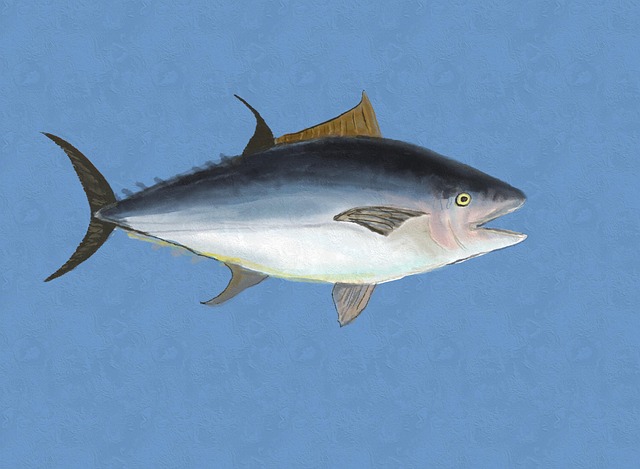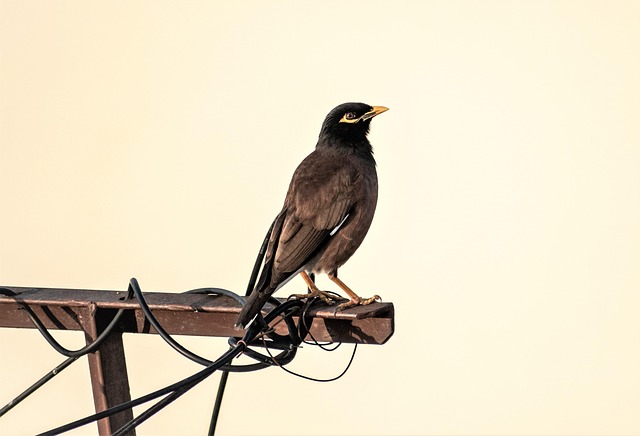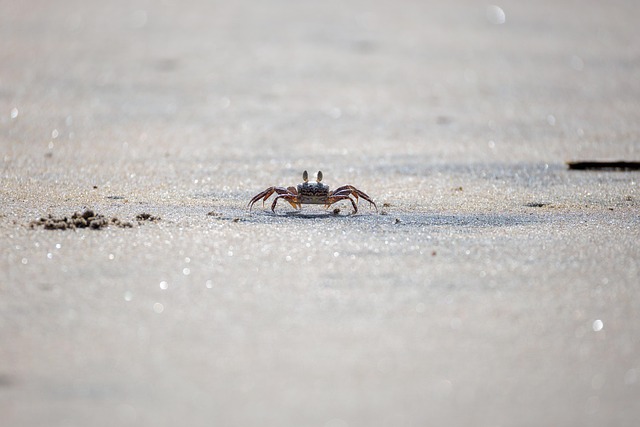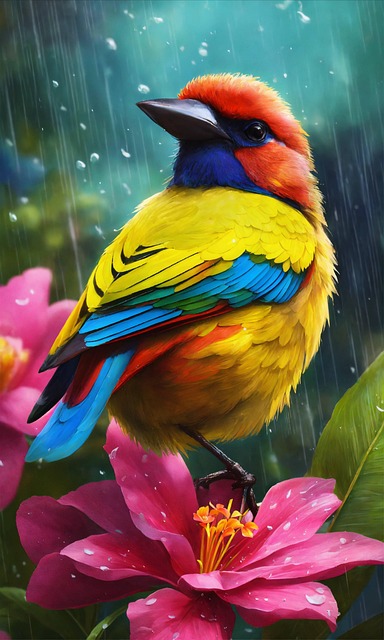Florence, Oregon, is a premier birdwatching destination thanks to its diverse ecosystems, robust Florence wildlife conservation efforts, and over 250 resident bird species. Key areas like the Oregon Coast Beach, Siuslaw River Estuaries, Florence National Wildlife Refuge, Cape Perpetua Scenic Area, and Yachats State Natural Site attract birders year-round. Spring, summer, fall, and winter offer optimal viewing for migratory and resident birds. Local conservation initiatives protect habitats, ensuring a thriving avian population for visitors to enjoy responsibly.
“Discover the vibrant world of birdwatching in coastal Florence, Oregon – a haven for nature enthusiasts. From the rugged cliffs to the tranquil estuaries, this region boasts an extraordinary avian diversity. Explore the unique habitats and observe rare species year-round.
In this guide, we navigate Florence’s top birding hotspots, reveal seasonal insights for optimal viewing, and emphasize the importance of conservation practices for protecting this rich wildlife heritage.”
- Exploring Florence's Coastal Habitats: A Birdwatcher's Paradise
- The Rich Avian Diversity of the Oregon Coast
- Top Hotspots for Birding in and Around Florence
- Seasonal Changes: When to Visit for Optimal Birdwatching
- Conservation Efforts and Ethical Birdwatching Practices
Exploring Florence's Coastal Habitats: A Birdwatcher's Paradise
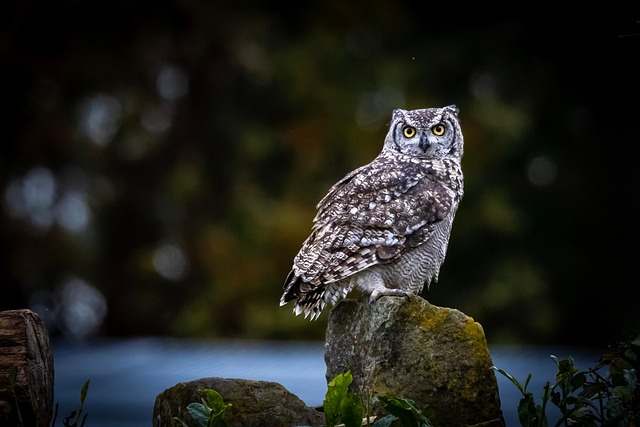
Florence, nestled along the rugged Oregon coast, is a birdwatcher’s dream come true. The area boasts diverse coastal habitats, from rocky shores and sandy beaches to salt marshes and dense forests. These varying environments support an extensive array of avian species, making it a haven for enthusiasts seeking rare and common birds alike.
The Florence wildlife conservation efforts have played a significant role in preserving these habitats, ensuring a rich biodiversity that includes over 250 bird species. Birders can spot majestic bald eagles soaring overhead, hunt for elusive shorebirds waddling along the beach, or enjoy the melodic songs of warbling waxwings in the nearby trees. The coastal trails and viewing platforms offer unparalleled opportunities to observe these feathered creatures in their natural settings, making Florence a must-visit destination for birdwatchers exploring the Pacific Northwest.
The Rich Avian Diversity of the Oregon Coast
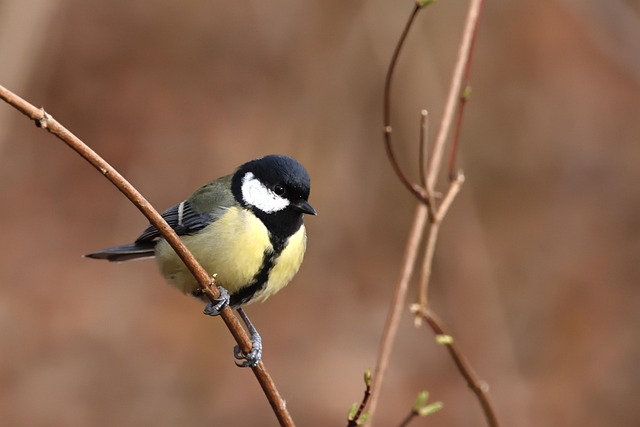
The Oregon coast is renowned for its breathtaking landscapes and diverse ecosystems, making it a birdwatching paradise. This region boasts an impressive array of avian species, attracting enthusiasts from around the world. Florence, nestled along this scenic shoreline, serves as a gateway to exploring the rich wildlife conservation efforts that thrive here. With its unique mix of coastal habitats, including rocky shores, sandy dunes, and lush forests, the area supports a vast number of bird varieties.
The diverse topography encourages the migration and residence of both common and rare birds. Birdwatchers can expect to spot various seabirds like pelicans, seagulls, and puffins, as well as landbirds such as warblers, thrushes, and woodpeckers. The Oregon Coast’s strategic location along major migration routes contributes to its standing as a premier destination for observing these feathered creatures in their natural habitats, offering an unforgettable experience for visitors interested in Florence wildlife conservation.
Top Hotspots for Birding in and Around Florence
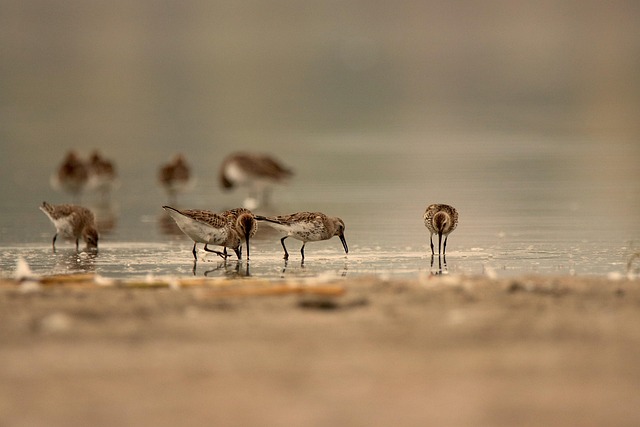
Florence, nestled between the Pacific Ocean and the Siuslaw National Forest, is a birder’s paradise. The area boasts diverse ecosystems that support a vast array of avian species, making it an ideal destination for enthusiasts. From coastal wetlands to dense forests, several hotspots emerge as must-visit sites for anyone interested in observing Florence wildlife conservation.
One such hotspot is the Oregon Coast Beach and Siuslaw River Estuaries, renowned for their rich bird life. The area is particularly famous for migrating waterfowl, including ducks, geese, and swans. Nearby, the Florence National Wildlife Refuge offers a sanctuary for both resident and migratory birds, with trails winding through diverse habitats where birders can catch glimpses of rare species. Other notable locations include the Cape Perpetua Scenic Area and the Yachats State Natural Site, known for their lush forests and coastal cliffs that attract a variety of bird species year-round.
Seasonal Changes: When to Visit for Optimal Birdwatching

Florence, Oregon’s coastal charm is a haven for birdwatchers, offering diverse habitats that attract an abundance of feathered friends throughout the year. However, timing is everything when it comes to catching a glimpse of the area’s unique avifauna. Spring (March-May) brings a burst of activity as migratory birds return to their breeding grounds, providing excellent opportunities for observation. Summer (June-August) is ideal for those who appreciate the quieter side of birdwatching; this season sees a variety of residents and scattered migrants. Fall (September-November) marks another peak, as many species gather in preparation for migration, creating a dynamic scene. Winter (December-February), while perhaps less vibrant, offers the chance to spot rare southern visitors seeking refuge from colder climates.
For optimal experiences, consider visiting Florence’s wildlife conservation areas during these transitional periods when bird populations are at their most active and diverse. The coastal forests, wetlands, and beaches provide a dynamic backdrop for birdwatchers of all levels, making Florence a prime destination for connecting with the natural world and its feathered inhabitants.
Conservation Efforts and Ethical Birdwatching Practices

The coastal region around Florence, Oregon is not only a haven for bird enthusiasts but also a significant area for Florence wildlife conservation efforts. Local organizations and dedicated volunteers work tirelessly to protect and restore habitats, ensuring a safe and healthy environment for the diverse bird species that call this place home. These conservation initiatives include the preservation of wetlands, the reintroduction of native plants, and the creation of protected coastal zones.
Ethical birdwatching practices are paramount when exploring these natural areas. Visitors should always prioritize the well-being of the birds and their habitats. This means maintaining a safe distance, respecting feeding grounds, and avoiding any actions that might disturb or harm the wildlife. By following these guidelines, birdwatchers can contribute to the long-term preservation of Florence’s rich avian diversity while enjoying breathtaking observations of coastal flora and fauna.
